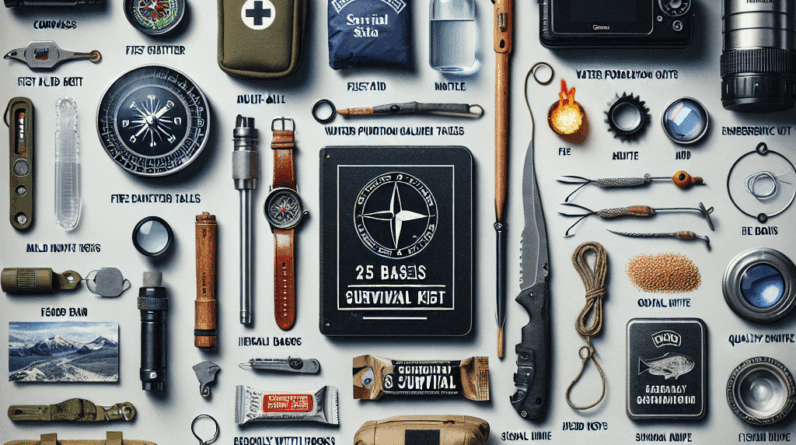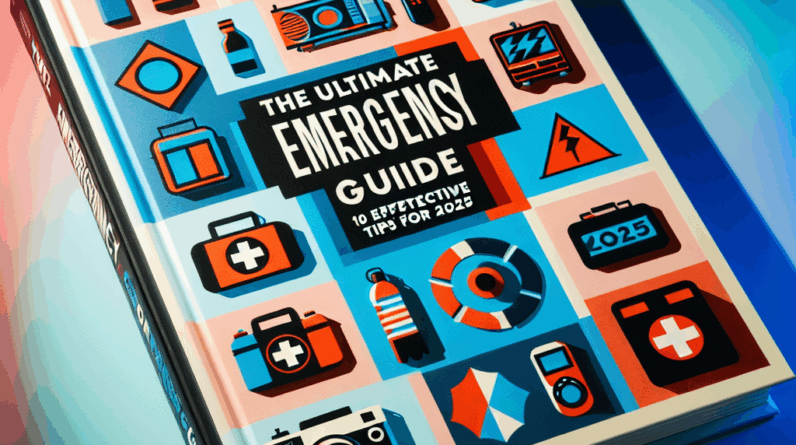Community evacuation drills are not just a routine procedure; they are a critical strategy for ensuring the safety and readiness of neighborhoods in the face of disasters. These drills are more than just a practice run; they are a vital part of maintaining the welfare of the community by preparing for unexpected events.nn
Improved Preparedness for Emergenciesn### Creating AwarenessnAwareness is a powerful tool in emergency preparedness. It’s astonishing to observe the transformation in people’s response when they are familiar with what to do during an evacuation. Community drills play a pivotal role in educating residents about potential hazards, thereby reducing panic and promoting swift, coordinated action. During these drills, residents practice their designated roles in evacuation scenarios which enhances clarity and reduces confusion. For many, these drills are an eye-opener to the safest evacuation routes and procedures, making the abstract concept of ‘what to do’ in an emergency much more concrete and actionable. Moreover, these drills build a sense of vigilance and mutual care within the community, reinforcing a supportive network.n### Reinforcing Emergency PlansnEvacuation plans, like any operational strategy, require regular refinement and testing. Community drills are the perfect opportunity for this, allowing the community to identify flaws and make necessary adjustments. For instance, discovering and resolving issues like route congestion during a drill can significantly enhance the efficiency of real evacuations. The practice also helps everyone become accustomed to acting quickly and systematically, which is crucial in an actual emergency. Regularly updating these plans based on drill feedback leads to more robust safety measures and keeps the community engaged in continuous improvement.nn## Building Community Cohesionn### Uniting NeighborsnOne of the most significant benefits of community drills is the way they strengthen bonds among neighbors. These activities not only help in building practical collaboration during emergencies but also foster lasting relationships and a sense of team spirit. Sharing knowledge and resources during these drills turns acquaintances into reliable allies, enhancing the communal spirit. This sense of belonging and collective responsibility contributes to making the community a safer and more cohesive unit.n### Improving Communication SkillsnEffective communication is crucial, especially in emergency situations. Drills provide a practical platform for people to enhance their communication skills by simulating stress-filled scenarios where clear instruction is vital. Role-playing as first responders or emergency coordinators can be particularly beneficial. Furthermore, the post-drill debriefs offer a chance for everyone to share insights and suggestions, which enhances community resilience and preparedness for future incidents.nn## Identifying and Eliminating Hazardsn### Spotting Risks EarlynEvacuation drills offer a unique opportunity to identify and address potential safety threats in a controlled environment. This proactive approach allows the community to handle minor issues before they escalate into serious hazards during actual emergencies. Moreover, the collective effort in identifying and mitigating risks not only enhances safety but also boosts the community’s confidence in their preparedness strategies.n### Creating a Culture of SafetynRegular participation in evacuation drills ingrains a culture of safety within the community. This proactive attitude towards preparedness extends beyond drills into everyday life, promoting a general awareness and readiness that can significantly mitigate the impacts of potential disasters. Additionally, these practices set a positive example for younger generations, who will carry these valuable lessons into the future, ensuring a legacy of safety and preparedness.nn## FAQsn1. What are community evacuation drills?nCommunity evacuation drills are organized, simulated emergency situations that enable residents to practice and refine their evacuation strategies in a safe environment.n2. Why are evacuation drills important?nThese drills are crucial as they enhance overall preparedness, unite the community, improve communication, identify potential hazards, and foster a culture of safety.n3. How often should drills be conducted?nIt is advisable to conduct evacuation drills at least annually, if not bi-annually, to keep all community members familiar with emergency protocols.n4. Who organizes these drills?nEvacuation drills are typically organized by local government bodies, emergency management agencies, and community organizations.n5. What can I do to help with community drills?nIndividuals can contribute by volunteering for coordination roles, participating in the drills, promoting emergency preparedness, and engaging with neighbors about safety practices.




